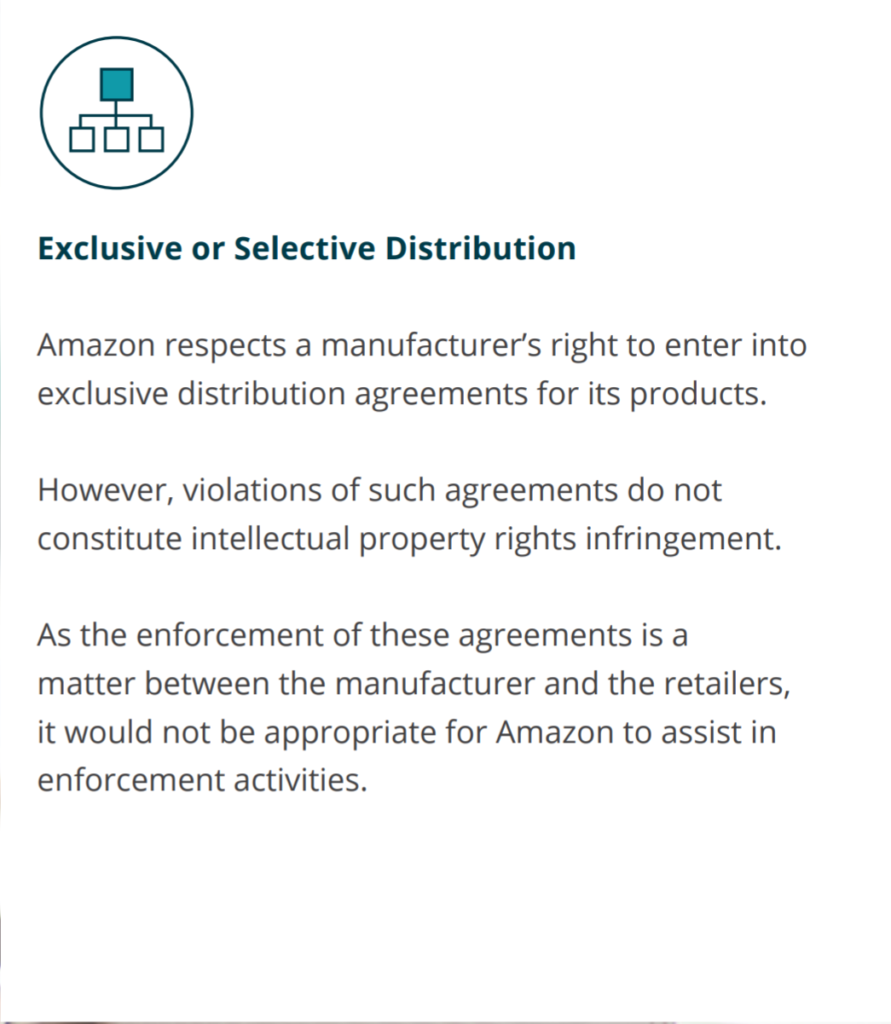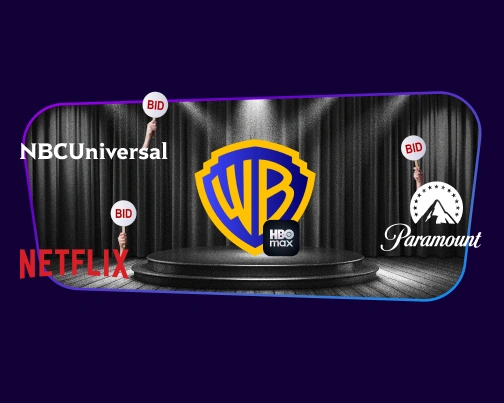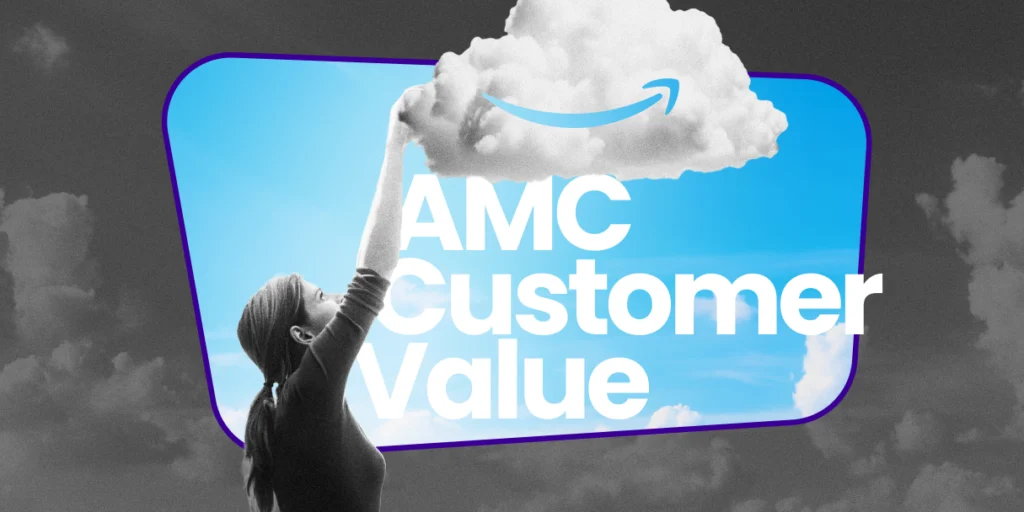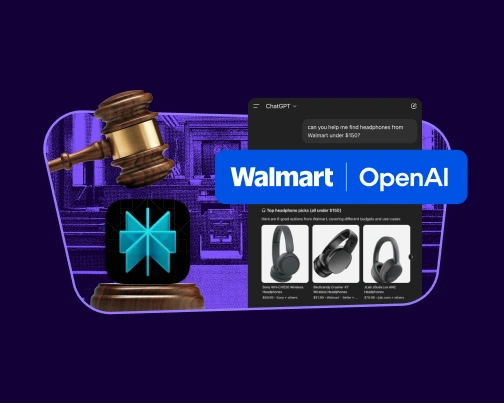Enforcing minimum advertised prices (MAP) across ultra competitive marketplaces such as Walmart and Amazon isn’t easy.
Not only do you have to ensure your MAP agreement is in place, you also have to ensure that you make it very clear to your resellers that you mean business. This is especially important on a channel like Amazon, where stakes are high and prices are low.
We could spend a lot of time talking about what you need to do right now, but you also need a prevention plan for reducing MAP violations in the future. So let’s dive in.
What is a Minimum Advertised Price (MAP)?
A MAP price is a minimum amount that resellers agree not to advertise below. For example, if a backpack company sets a MAP price of $50 for its best selling item than all resellers including brick and mortar stores and Amazon resellers are obligated to advertise this product at $50 or more.
If a reseller chooses to advertise that brand’s product at a discount of $35, they would be in direct violation of the backpack company’s MAP agreement.
Why do Minimum Advertised Price (MAP) agreements exist?
MAP agreements exist to:
- Promote fair competition across all distribution channels
- Maintain brand identity and value
- Allow smaller sellers to compete with larger retailers
- Prevent underpricing
- Protect seller margins
Although MAP agreements protect seller margins, price isn’t the only concern. Brand identity is also pretty important. If a pair of sneakers are always sold for $200 both online and instore, they may appear more valuable to shoppers than a different brand of shoes that can be found at varied cheaper prices.
Consistent pricing sends a clear message about a brand’s value to buyers.
Consistent pricing sends a clear message about a brand’s value to buyers: If you want this brand of sneakers, you’re going to have to pay for it at the price we set, which ultimately gives the product value.
This is especially pronounced on a marketplace like Amazon, where price is incredibly important to shoppers.
Unfortunately, counterfeiters & MAP violators are still the two major culprits on Amazon that can destroy a brand. Because Amazon “commingles” products, counterfeit product(s) fall into the same bin as genuine product(s). Commingling inventory is essentially pooling your inventory with the inventory of other sellers at Amazon’s fulfillment center.
A consumer purchasing product from an authorized retailer may be shipped a product from a counterfeit seller, thereby resulting in a poor consumer experience, and Amazon doesn’t take that lightly.
How to Stop Current MAP Violators
Unfortunately, when a MAP agreement is violated on Amazon, brands can be left at a disadvantage because Amazon ultimately does not take a major role in seller pricing agreements.
If manufacturers discover a reseller has violated their MAP agreement on Amazon, they can address the reseller directly.
To address a MAP violator (on a product by product basis) a manufacture should:
- Identify all resellers with MAP violations
- Send out a message to all resellers stating MAP will be vigorously enforced
- Remind resellers that they must respect MAP or they will be banned as a seller for all products
- Give one prior warning before banning the violator
- Continue to monitor MAP pricing across all channels
In the event a manufacturer encounters a non-responsive or repeat violator, they should (or threaten to) proceed with contacting Amazon.
What if You Don’t Have a MAP Agreement?
Typically, manufacturers require resellers to abide by MAP regulations but in the event no MAP agreement was signed, manufactures have little authority to enforce their minimum pricing.
It is important to keep in mind that while MAP agreements are one of the best ways retailers can protect themselves against price violation there are other options to shut down an unauthorized listing.
Manufacturers can terminate a listing by an unauthorized reseller without a MAP agreement if they can make a valid case to Amazon.
For example, if a reseller wants to sell a backpack as “new” then the backpack company must allow a transfer of the warranty to the reseller because all “new” items require it. If a reseller cannot provide a warranty for the new item, the backpack company will likely be able to terminate the listing.
Gather all of the following information and submit it:
- The ASIN/ISBN of the item’s detail page and the product title
- The store or business name of the seller you are reporting
- Your order ID
- A concise explanation of the violation
We get more in depth on this submission process in our post about booting Amazon listing hijackers.
Ultimately, continued violators will receive legal notices based on copyright infringement and have their selling privileges revoked.
How to Protect Your Brand from Future MAP Violations on Amazon
Let’s say you’ve put out all of the current “fires” around MAP violations on Amazon. The worst thing you can do is operate on an “as needed” basis for MAP violations. It’s going to waste a lot of your time and energy.
Instead, focus on these core areas that will mitigate risks of future violations.
1. Solidify Distribution Channels
“Gray market” – or unauthorized reselling and MAP-violator-related issues – often emerge from a leaky supply chain. Know who you are selling to, and ensure you know the channels to which your distributors are supplying your products.
2. Learn More About Unauthorized Reseller Tricks
Expect that there are resellers out there with your product that know every trick in the book for evading brand and pricing guidelines. Put yourself in their shoes, and look for common tactics used to fly under the radar. Such tactics may include listing abnormally low prices or high purchase quantities that fall outside your realm of monitoring. You may also find inaccurate or misleading brand representations and product descriptions that differentiate their listing just enough so that it falls off your radar.
3. Contract Reviews
All premier brands should have a MAP policy with each retailer selling its product. If the brand uses distribution, distribution should be limited and each distributor should provide an “authorized retailer” agreement to all retailers that sell product.
4. Use “Trap Buy” Programs
As with counterfeits, the brand must make a test buy. If the product is serialized (see #5), the brand may track the sale of that product back to the original purchaser and take appropriate remedial measures.
5. Use Product Serialization
Often, retailers are aware of the prohibition of selling on Amazon and seek to open an Amazon store under a different name. To combat retailers selling under a different store name, product serialization is suggested. You can learn more about Product Serialization in our full guide to Amazon Brand Policing.
6. Don’t Let Retailers & Resellers Compete With You on Amazon
Because Amazon sales are high margin sales for brands, we recommend you prohibit them from competing with you on Amazon.
7. Get Brand Registered on Amazon
When you are in the Amazon Brand Registry program, you’ll get a more accurate brand representation with premium content, powerful search and reporting tools, and additional proactive brand protections. The more you tell Amazon’s Brand Registry team about your brand and its intellectual property, the more Amazon can help you protect it.
8. Communicate MAP Enforcement Plans With Key Retailer Partners
Establish open dialogues/relationships with the big fish in the market—Amazon and Walmart know you need to be listed on their eCommerce sites and/or marketplaces to reach your sales goals. Communicate your brand guidelines clearly to the big players, and let them know you are policing the marketplace to ensure their pricing for your products is among the most competitive in the market.
The Bottom Line
While all of the above tips are crucial, there’s one piece of advice you really should walk away with: Be consistent.
Stand by MAP guidelines, regardless of violator or the extent of the violation. If enforcement processes are consistent, at least you’ll know exactly how to deal with it in the moment, and can use that information to make your MAP enforcement plan even stronger in the future.
You Might Be Interested In














